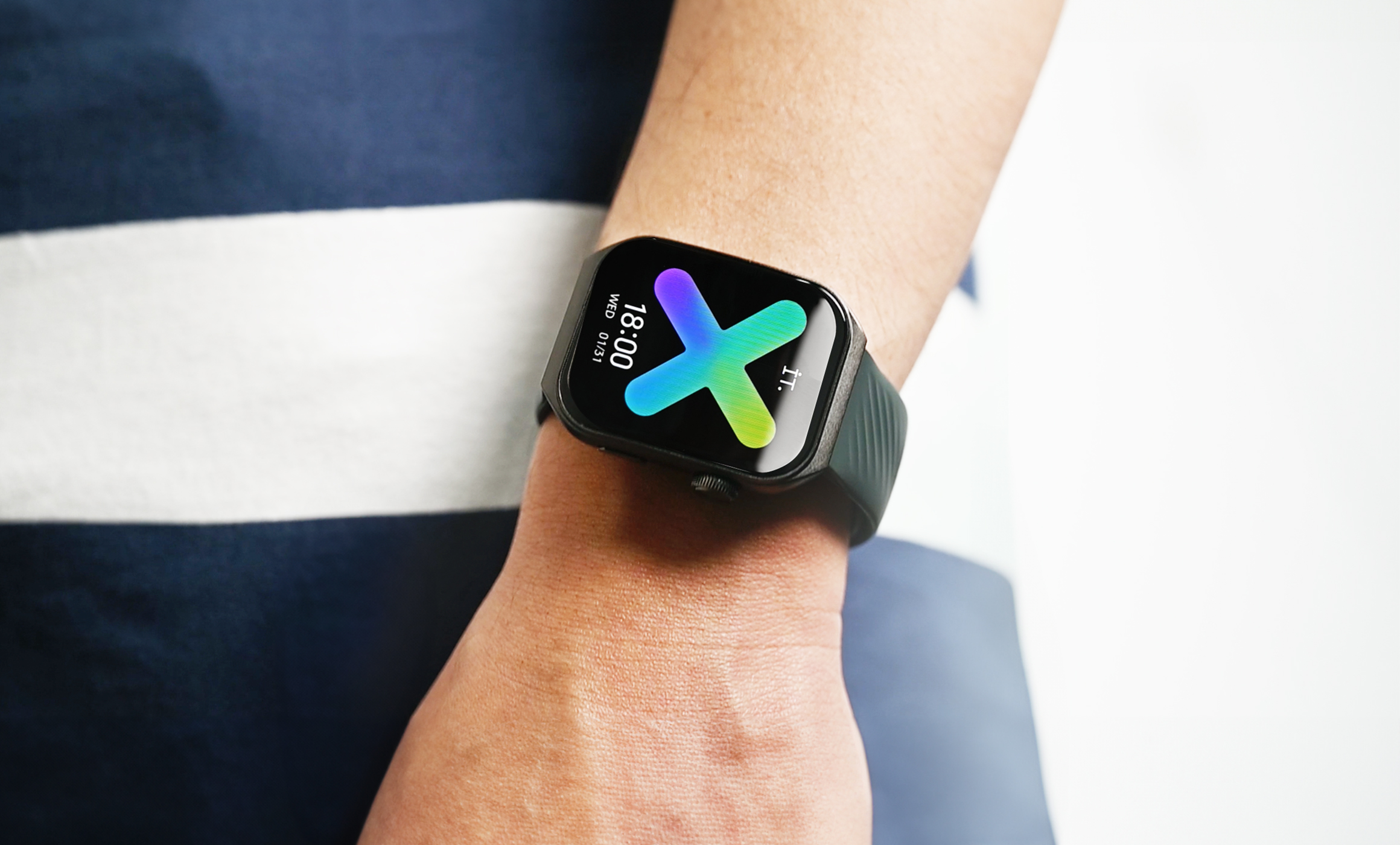
Technology is no longer just about convenience—it’s about anticipation. The shift from reactive to predictive systems has marked a significant leap in how devices operate and integrate into our lives. Among the myriad innovations making headlines, one stands apart as a watch tech feature redefining personal experiences: predictive personalization powered by AI-driven behavior modeling.
This feature doesn’t just respond to commands. It learns, adapts, and foresees. It turns passive technology into an active, intelligent assistant that understands preferences, habits, moods, and even patterns of indecision. Seamlessly embedded in everything from smartphones to smart homes, this evolution in tech reshapes how users interact with their environment.
The Rise of Contextual Awareness
Predictive personalization thrives on context. It collects data across devices, applications, and physical spaces to curate highly relevant experiences. Imagine waking up and your thermostat has already adjusted the temperature based on your past behavior, your coffee maker begins brewing your usual cup, and your phone displays only the notifications you’re most likely to engage with at that hour.
All of this happens without a single command. This quiet, intelligent responsiveness is not a gimmick—it’s the core of this transformative watch tech feature. Devices stop being mere tools and begin acting as collaborators in your day-to-day rhythm.
From Smart to Sentient
What makes this feature so revolutionary is its ability to simulate a form of sentience. With machine learning algorithms digesting terabytes of user data—location, voice inflection, facial expressions, app usage, purchase history—it moves beyond routine automation into emotional recognition and anticipatory assistance.
A smartwatch that alerts you of rising stress levels and recommends breathing exercises. A streaming platform that not only remembers what you watched, but predicts what you’ll emotionally respond to next. These are manifestations of a watch tech feature that mirrors human intuition.
Bridging Digital and Emotional Intelligence
Emotional intelligence is no longer the domain of humans. With advancements in natural language processing and sentiment analysis, devices can now understand tone, urgency, and mood. They adjust accordingly—reducing screen brightness when it detects fatigue, offering silence when you’re overwhelmed, or prompting a walk after hours of sedentary behavior.
This humanized technology doesn’t just feel cutting-edge; it feels considerate. And that’s what elevates it as a standout watch tech feature.
Redefining User Experience Across Sectors
Retailers are deploying predictive engines to offer personalized product suggestions before customers even search. Health apps now flag anomalies based on past metrics, prompting early diagnosis. Financial services use behavioral insights to recommend spending strategies and flag impulsive patterns.
This feature isn’t confined to one vertical. It’s cross-functional and increasingly indispensable. It’s becoming the gold standard of UX design—creating frictionless experiences that feel almost telepathic in precision.
Privacy: The Double-Edged Sword
However, with predictive personalization comes the delicate issue of privacy. Data is its fuel. To function accurately, this watch tech feature must access sensitive, intimate information. This raises critical questions: Who owns the data? How is it stored? Can it be misused?
Users are increasingly aware of these dynamics, demanding transparency and control. Tech companies must strike a balance between innovation and ethics—ensuring security protocols are as advanced as the algorithms themselves.
Market Impact and Forward Trajectory
The global shift toward hyper-personalized tech is already reflected in market behavior. Consumer loyalty is gravitating toward ecosystems that “just get them.” Products that anticipate needs outperform those that merely serve them.
The valuation of companies investing in behavioral modeling and predictive engines is soaring. Startups focused on emotional AI, neural networks, and context-aware computing are receiving unprecedented funding. This trend solidifies predictive personalization as the watch tech feature driving both innovation and investment.
The Next Phase: Invisible Interfaces
The future promises even deeper integration. Voice assistants that respond to your mood, not just your words. Augmented reality systems that overlay contextual information tailored to your interests. Interfaces that disappear altogether, replaced by ambient computing—technology that exists not in screens but in spaces.
This trajectory suggests a world where tech no longer waits for input—it simply acts, elegantly and invisibly. In this landscape, predictive personalization is not an enhancement; it’s the operating system of tomorrow.
In a world inundated with options, only a few technologies manage to disrupt how we live, work, and think. Predictive personalization does exactly that. It listens, learns, and leads. It understands you—sometimes better than you understand yourself. And that’s what makes it the watch tech feature redefining the human-machine relationship today.

More Stories
Unpacking the Smartest Tech Feature Yet
Why Every App Needs This Tech Feature
What Makes a Tech Feature Truly Smart